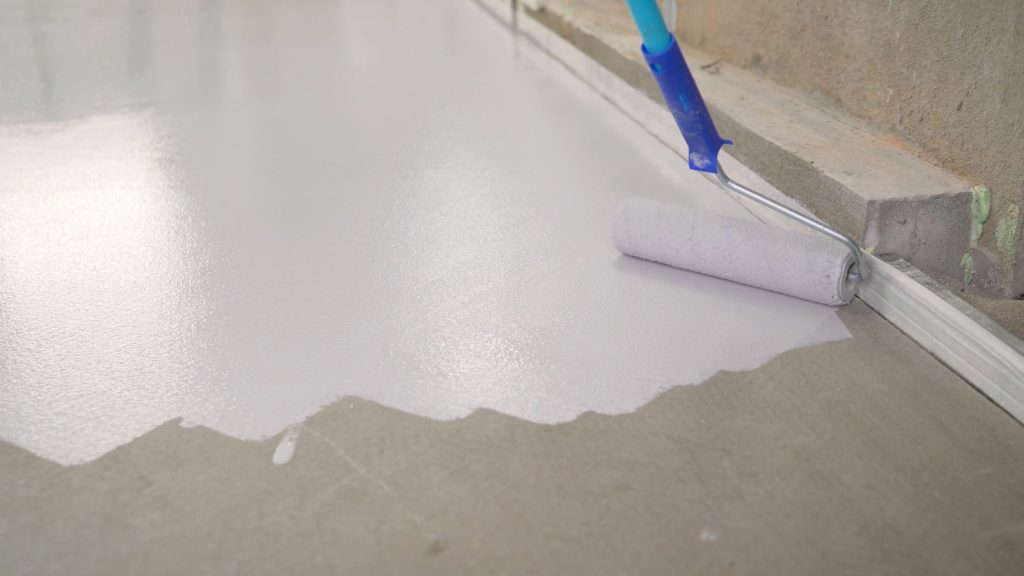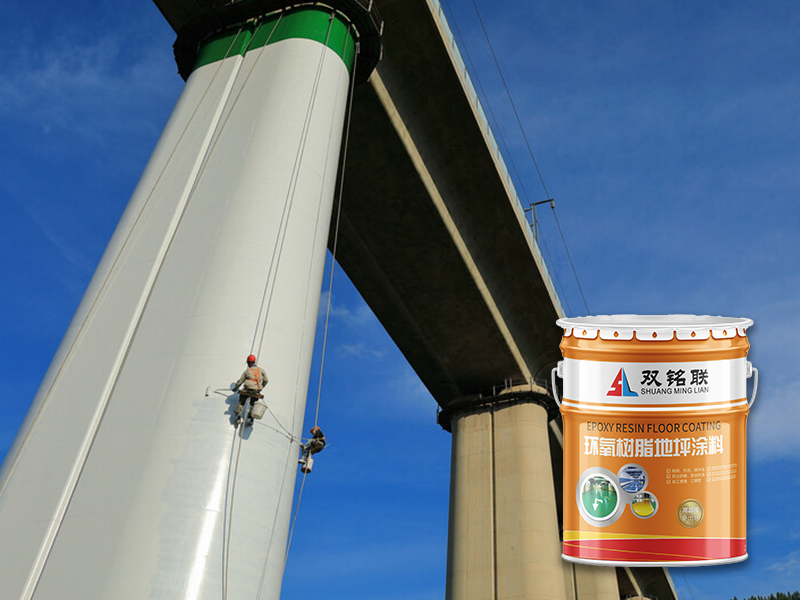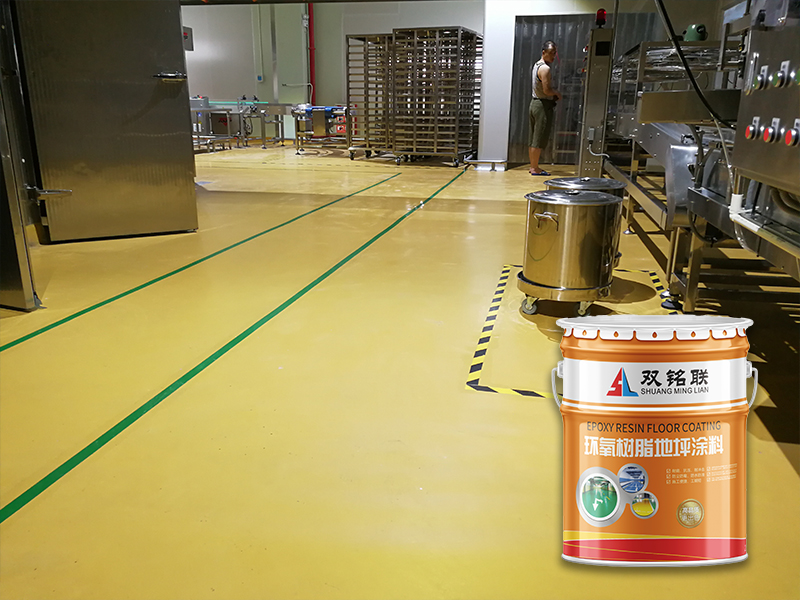Precautions for Floor Coating Construction in Cold Regions
Cold weather can negatively impact the curing process and overall performance of floor coatings. Here are the key considerations for floor coating application in cold climates:
- Required Application Temperature:In cold environments, the curing speed of many floor coatings is significantly slowed, and some may fail to cure properly. The application temperature should be maintained within the recommended range specified by the manufacturer, typically above 5°C. If the temperature is lower, it is advisable to delay the application or use coatings specifically designed for low temperatures.
- Surface Heating:Cold weather can cause the floor to become too cold, affecting the adhesion and leveling of the coating. To ensure a smooth and uniform application, it is necessary to preheat the surface using heaters or warm air devices to bring the surface temperature up to the required level for application.
- Extended Curing Time:Low temperatures increase the curing time of the coating. After application, allow for an extended curing period to ensure the coating fully hardens. Rushed curing may lead to defects, so it’s important to avoid early use of the floor.
- Avoid Freezing:Moisture in the air or on the surface can cause the coating to freeze, affecting the quality of the paint film. It is crucial to ensure that there are no freezing conditions during the application process and that the environment remains stable in temperature and humidity.
- Use Temperature-Specific Coatings:There are special types of floor coatings designed for low-temperature environments. These formulations are optimized to maintain good flow and adhesion in colder conditions. It is recommended to use these specialized coatings to ensure the best results during application.

Precautions for Floor Coating Construction in Hot Regions
In hot climates, high temperatures pose a different set of challenges, affecting the application and performance of floor coatings. Here are the critical precautions for floor coating in hot regions:
- Control Application Timing:In hot weather, the coating dries and cures too quickly, leaving little time for adjustments, which can result in imperfections such as bubbles or streaks. To avoid these issues, it is advisable to apply the coating in the early morning or late evening when the temperature is lower, reducing the risk of rapid curing.
- Avoid Direct Sunlight:Exposing the coating to direct sunlight can lead to surface cracking, bubbling, or uneven curing. Therefore, it is essential to avoid direct sunlight on the freshly applied coating. Using tarps or covers to shield the floor from the sun can help maintain an even drying and curing process.
- Proper Coating Thickness:In hot climates, the rapid evaporation of solvents may cause the coating to dry too quickly, making it difficult to apply evenly. To prevent this, it is advisable to apply the coating in thinner layers, allowing each layer to cure properly before applying the next.
- Ensure Proper Ventilation:In high temperatures, the air can become dry, causing the coating to lose its workability faster than intended. It is essential to ensure proper ventilation in the application area to maintain a consistent rate of drying and curing.
- Use Heat-Resistant Coatings:Coatings designed for high temperatures offer better durability and protection against heat-induced damage. These coatings are formulated to withstand the expansion and contraction of materials due to temperature fluctuations and to resist UV degradation.
The successful application of floor coatings in extreme climates requires careful consideration of temperature, humidity, and proper surface preparation. Whether in cold or hot regions, understanding the effects of temperature on the coating's performance and adopting suitable practices will ensure that the coating adheres well, cures properly, and provides long-lasting protection. By following the precautions outlined above, you can achieve the best possible results for floor coatings, regardless of the weather conditions.





